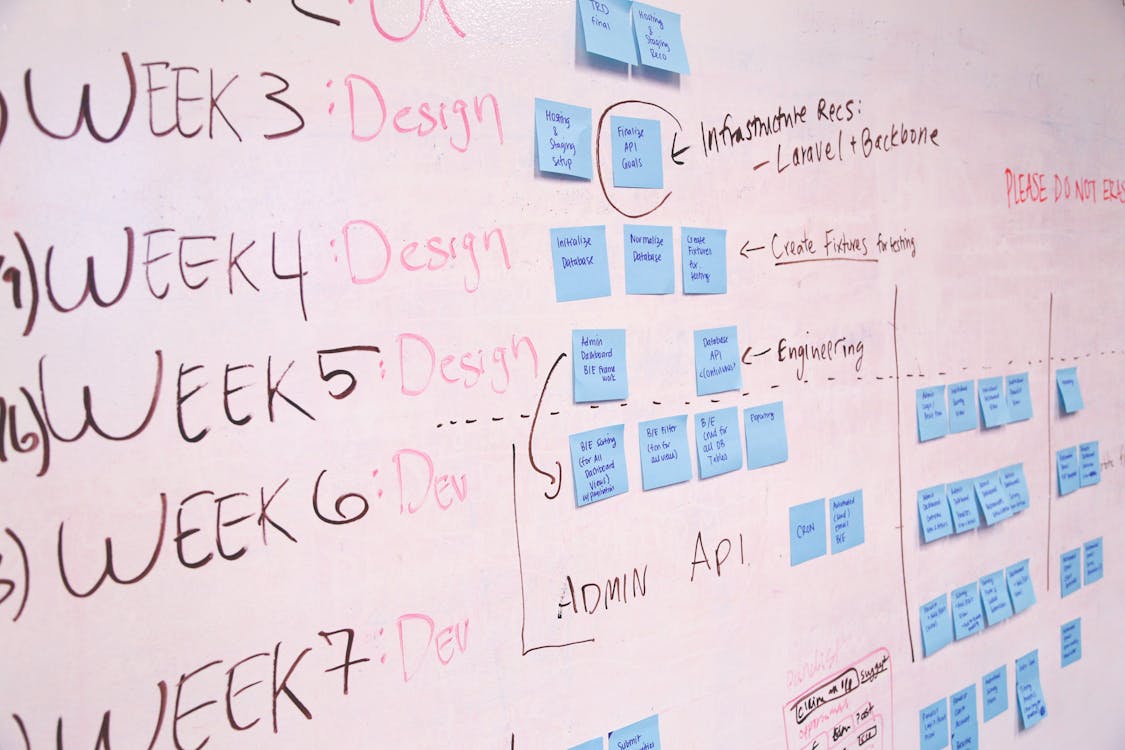
Agile vs. Waterfall: Choosing the Right Project Management Methodology
In the realm of project management, two methodologies stand out: Agile and Waterfall. Each has its strengths, weaknesses, and ideal scenarios for use. Understanding these methodologies is crucial for project managers, especially when choosing the right approach to ensure the success of a project.

What is Waterfall?
Waterfall is a traditional project management methodology that follows a linear and sequential approach. It consists of distinct phases such as requirements gathering, design, development, testing, and deployment. Each phase must be completed before moving on to the next, with little room for changes once a phase is finalized.
Benefits of Waterfall
- Clear Structure: The step-by-step process provides a clear framework, making it easier to manage projects with well-defined requirements.
- Ease of Management: With its linear progression, Waterfall makes it easier to track progress and ensure that each phase is completed before the next begins.
- Detailed Documentation: Since each phase is carefully documented, Waterfall provides comprehensive records, which can be valuable for future reference.
Drawbacks of Waterfall
- Inflexibility: Changes are difficult and costly to implement once the project is underway, making Waterfall less suitable for projects where requirements may evolve.
- Delayed Testing: Testing occurs only after the development phase is complete, which can lead to the discovery of critical issues late in the project timeline.
- Risk of Misalignment: Since the project is based on initial requirements, there is a higher risk of misalignment with the client’s needs if those needs change during the project.

What is Agile?
Agile is an iterative and flexible project management methodology that emphasizes collaboration, customer feedback, and small, rapid releases. It is designed to accommodate changes even late in the project lifecycle, making it ideal for projects with evolving requirements.
Benefits of Agile
- Flexibility: Agile allows for changes at any stage, enabling teams to adapt quickly to new information or shifting priorities.
- Continuous Delivery: Regular sprints and iterations mean that usable products are delivered frequently, allowing for constant feedback and improvement.
- Customer Collaboration: Agile promotes close collaboration with stakeholders, ensuring that the project aligns with their needs and expectations throughout the process.
Drawbacks of Agile
- Less Predictability: Agile’s iterative nature can make it harder to predict timelines and costs, which may be a concern for projects with strict deadlines.
- Requires Discipline: Agile demands a high level of team discipline and experience to manage the iterative cycles effectively.
- Potential for Scope Creep: Without a clear end goal, Agile projects can suffer from scope creep as new features and requirements are continuously added.

Comparing Agile and Waterfall
When deciding between Agile and Waterfall, it’s essential to consider the nature of your project and the needs of your team and stakeholders.
Use Waterfall When:
- Requirements are Clear: If your project has well-defined requirements that are unlikely to change, Waterfall’s structured approach may be the best fit.
- Timeline is Rigid: Waterfall is ideal for projects with fixed deadlines where the scope is clear from the start.
- Regulatory Compliance is Crucial: Projects requiring extensive documentation, such as those in highly regulated industries, benefit from Waterfall’s detailed records.
Use Agile When:
- Requirements are Evolving: Agile shines in projects where the requirements are expected to change, allowing for greater flexibility and adaptation.
- Customer Feedback is Key: If continuous customer involvement is necessary to shape the final product, Agile’s collaborative approach is beneficial.
- Quick Delivery is Desired: For projects where rapid delivery of usable features is crucial, Agile’s iterative sprints are ideal.
Conclusion
Both Agile and Waterfall offer distinct advantages depending on the nature of your project. Waterfall provides a clear, linear path ideal for projects with well-defined requirements, while Agile offers flexibility and adaptability for projects with evolving needs. By understanding the strengths and weaknesses of each methodology, you can choose the one that best aligns with your project goals and team capabilities. If you are looking for expert guidance on implementing the right project management methodology for your team contact GoEncode today and let our experienced consultants help you drive your projects to success.